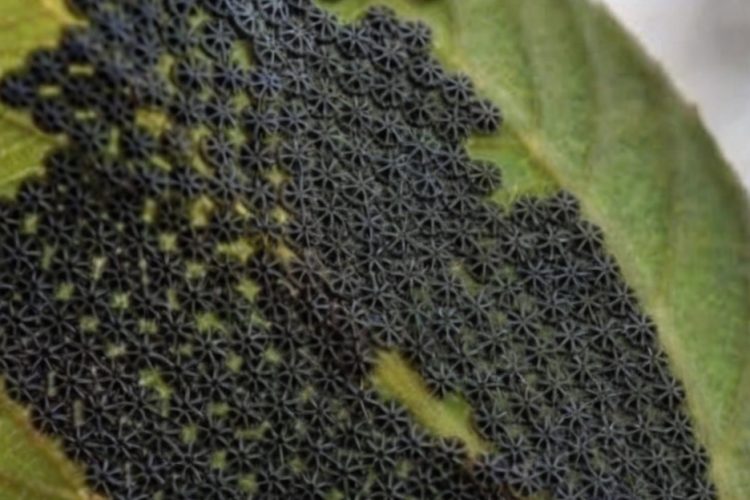Don’t Touch These If You See Them on Your Plants: Meet the Mourning Cloak Butterfly Eggs That Look Like Alien Art
If you’ve ever wandered through your garden in early spring and spotted clusters of tiny, geometric shapes clinging to twigs or stems, you might have paused, puzzled by their odd appearance. These little structures, resembling miniature alien sculptures, are actually the eggs of the Mourning Cloak butterfly (Nymphalis antiopa). Their unique look sparks curiosity, but here’s why you should admire them without interference.
What Are Mourning Cloak Butterfly Eggs?
Mourning Cloak butterflies are among the earliest butterflies to appear in spring, often fluttering through woodlands and gardens while snow still lingers. These butterflies lay their eggs in tight, circular clusters on the young twigs of their favorite host trees, including willows, elms, poplars, and cottonwoods.
Each egg is a tiny marvel, encased in a sac with seven fine ridges that form a star-like pattern. When first laid, the eggs are pale olive-green or amber-yellow. As they develop, their color darkens to nearly black, signaling that hatching is near. The geometric precision and shimmering colors give them an almost artistic, otherworldly appearance.
Why You Should Avoid Touching Them
As tempting as it may be to examine these intricate clusters up close, it’s essential to resist the urge to touch. The eggs represent the next generation of Mourning Cloak butterflies and play a vital role in the ecosystem. Disturbing the eggs can prevent caterpillars from hatching successfully, interrupting their life cycle and reducing butterfly populations in your area.
Furthermore, the eggs are typically laid on delicate twigs or branch tips, so handling them might damage not only the eggs but also the plants they depend on. Observing without interfering helps maintain the delicate balance of your garden’s natural inhabitants.
The Life Cycle of the Mourning Cloak Butterfly
The story of the Mourning Cloak butterfly is a fascinating one. After hatching, the tiny caterpillars remain together for a time, feeding in groups on the tender leaves of their host plant. They are easily recognized by their black bodies adorned with tiny white specks, vibrant red spots, and protective spines that deter predators. As they grow, they molt several times, becoming larger and more striking with each stage.
When ready to pupate, the caterpillars seek sheltered spots where they hang upside down, forming a chrysalis. The chrysalis itself is camouflaged in shades of brown or gray, blending with its surroundings. Inside, the incredible transformation into an adult butterfly takes place.
Emerging as Mourning Cloak butterflies, they display deep maroon wings with a bright yellow border and striking blue spots — a beautiful sight in any garden. These butterflies are long-lived compared to many others, often surviving the winter by hibernating in tree cavities or under loose bark, ready to greet spring again.
How to Support Mourning Cloak Butterflies in Your Garden
If you’d like to encourage these butterflies, consider planting or preserving native trees like willows, elms, and poplars. Allowing parts of your garden to remain a little wild offers shelter and food for both caterpillars and adult butterflies. Avoid using pesticides that can harm eggs, larvae, and beneficial insects alike.
Creating a pollinator-friendly garden not only supports Mourning Cloaks but also benefits bees, other butterflies, and songbirds that share your outdoor space.
Final Thoughts
Those clusters of tiny, star-shaped eggs might look like something out of a sci-fi film, but they are a reminder of nature’s intricate beauty. By observing them and leaving them undisturbed, you become part of a bigger story — one of protecting biodiversity and nurturing the wonders right in your backyard. Next time you spot these alien-like treasures, take a moment to marvel at them and know you’re helping sustain one of spring’s earliest and most remarkable visitors.
